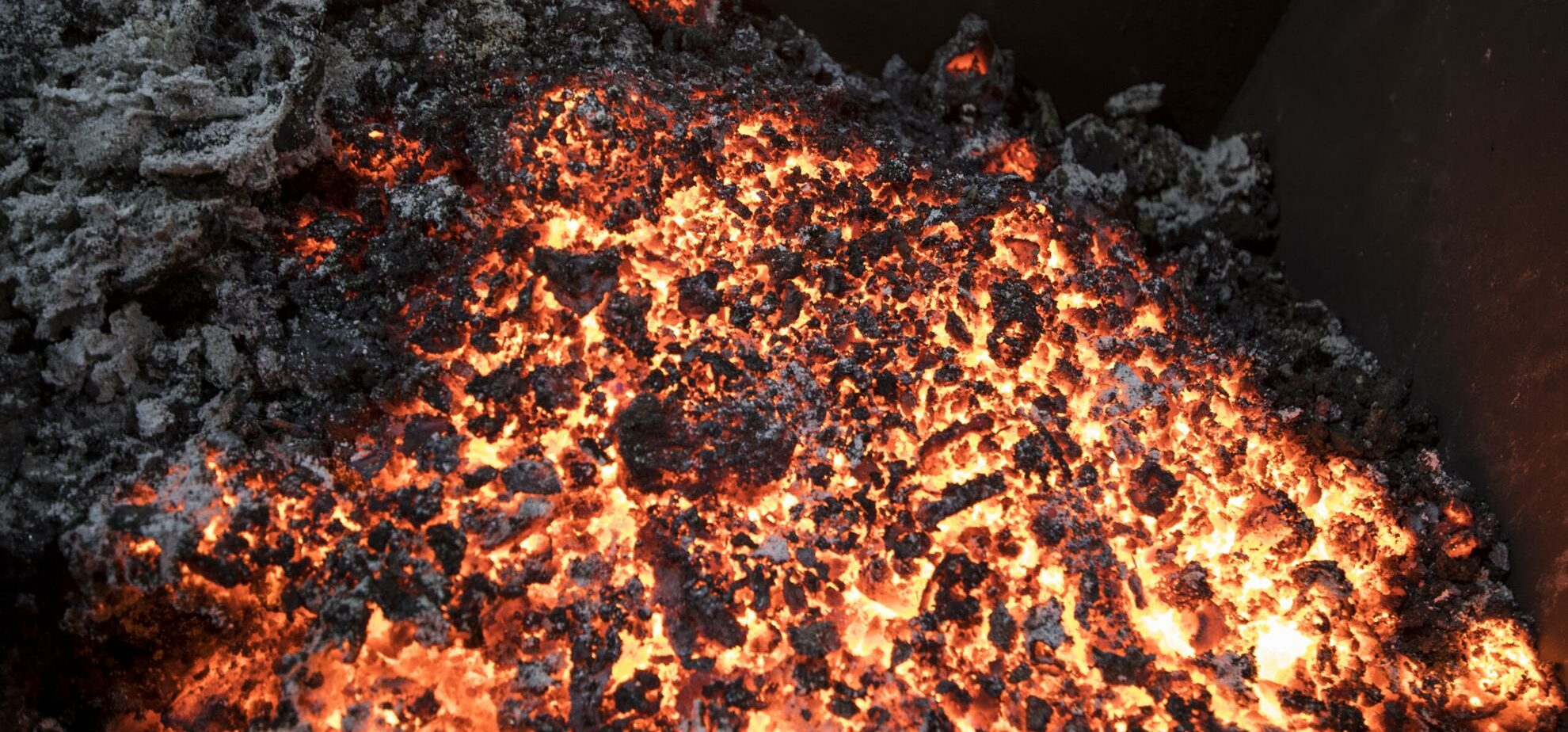Throughout human history, certain materials have stood the test of time and become true cornerstones of industry and everyday life. Few of these materials have maintained their dominance as firmly as cast iron. With a history spanning thousands of years, cast iron has proven its qualities in a wide variety of uses, from ancient weapons to modern infrastructure.
The roots of cast iron go back to ancient China, where the first known use dates back to the 5th century BC. When the Industrial Revolution took place in the 18th century, a pivotal moment in the history of cast iron occurred. The development of more advanced blast furnaces enabled the mass production of iron, leading to its widespread use in the construction of bridges, buildings and machinery. Cast iron thus became the basis of the industrial age and symbolized progress and innovation.
One of the main reasons for the enduring popularity of cast iron is its extraordinary versatility. Cast iron has remarkable mechanical properties that make it ideal for a wide range of applications. It is renowned for its high strength, excellent wear resistance and ability to withstand extreme temperatures. In addition, cast iron exhibits good machinability, which makes it possible to create complex shapes and structures.
The two predominant forms of cast iron are ductile cast iron and gray cast iron. Both have many common features, but also different characteristics that make them suitable for different purposes.
Ductile iron, also known as spheroidal graphite cast iron, is a modern iteration of cast iron that boasts excellent mechanical properties. The change in microstructure during casting gives ductile iron higher tensile strength, impact resistance and flexibility.
The engineering marvel of ductile iron lies in its ability to be cast into complex shapes while maintaining structural integrity.
Gray cast iron, a more traditional form of cast iron, owes its name to the appearance of its fracture surface, which is gray in color due to the presence of flake graphite. This type of cast iron is known for its damping ability and affordability. Gray cast iron finds wide use in applications that require good thermal conductivity, such as engine blocks, cylinder heads and brake rotors. Its ability to effectively absorb and dissipate heat makes it the preferred material in engineering where thermal regulation is essential.
A timeless legacy
As modern materials and manufacturing processes continue to evolve, cast iron maintains its importance and legacy. From the exceptional strength and flexibility of ductile iron to the reliable castability and heat dissipation of gray iron, both variants offer unique advantages for various industries.

